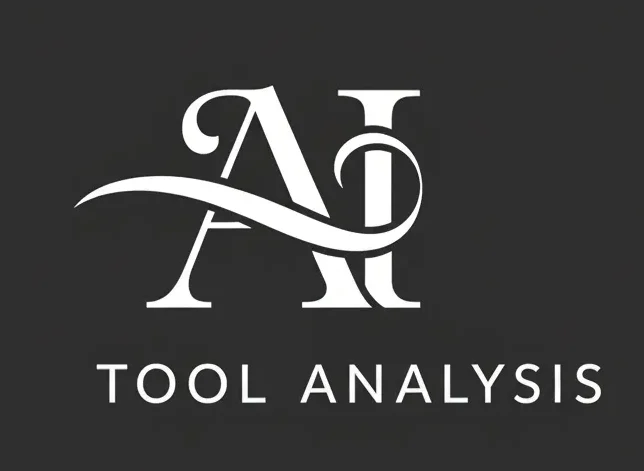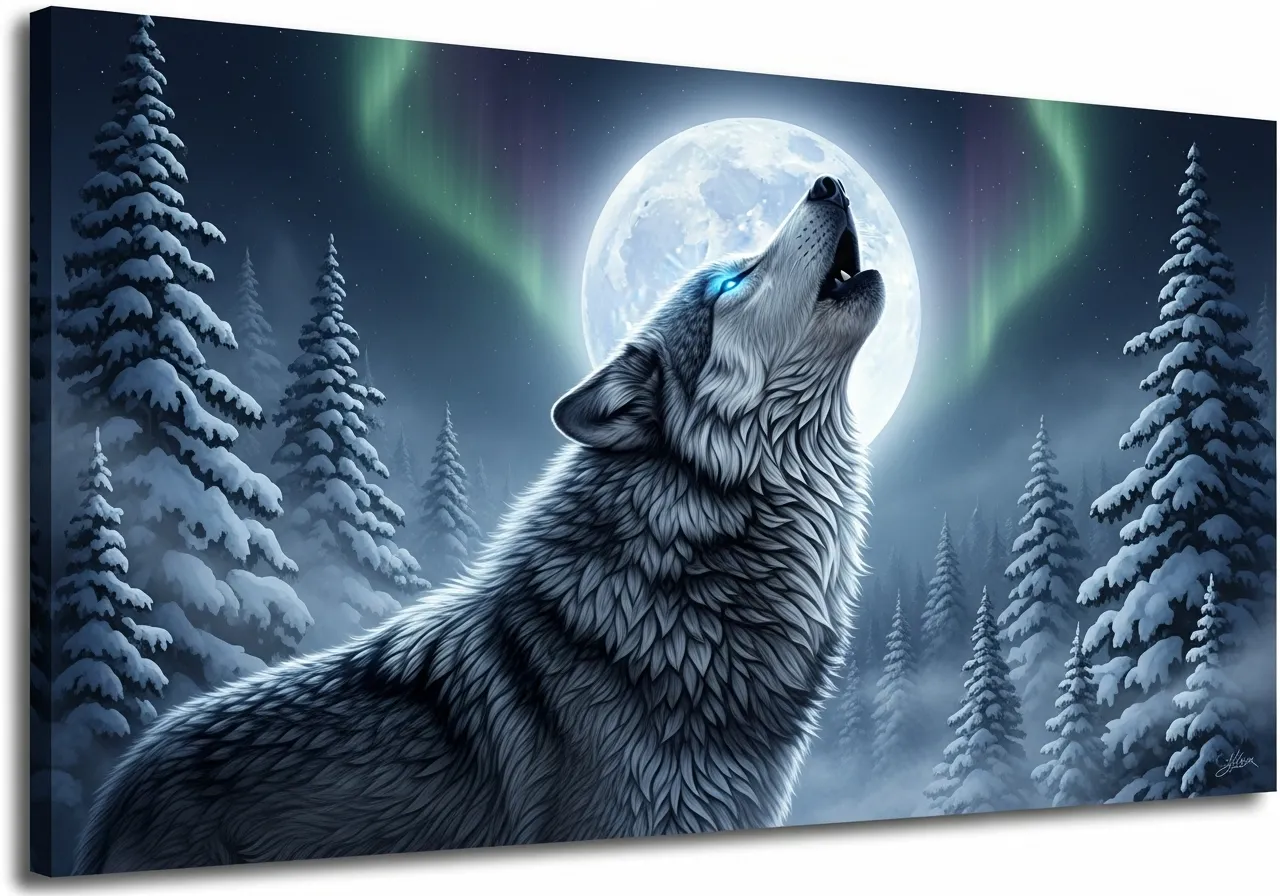🆕 Major Update (November 2025): DALL-E 3 replaced by GPT-4o, Midjourney V7 now default, Stable Diffusion 3.5 released, Adobe Firefly 5 at Adobe MAX—complete testing with new models reveals surprising winners.
The Bottom Line
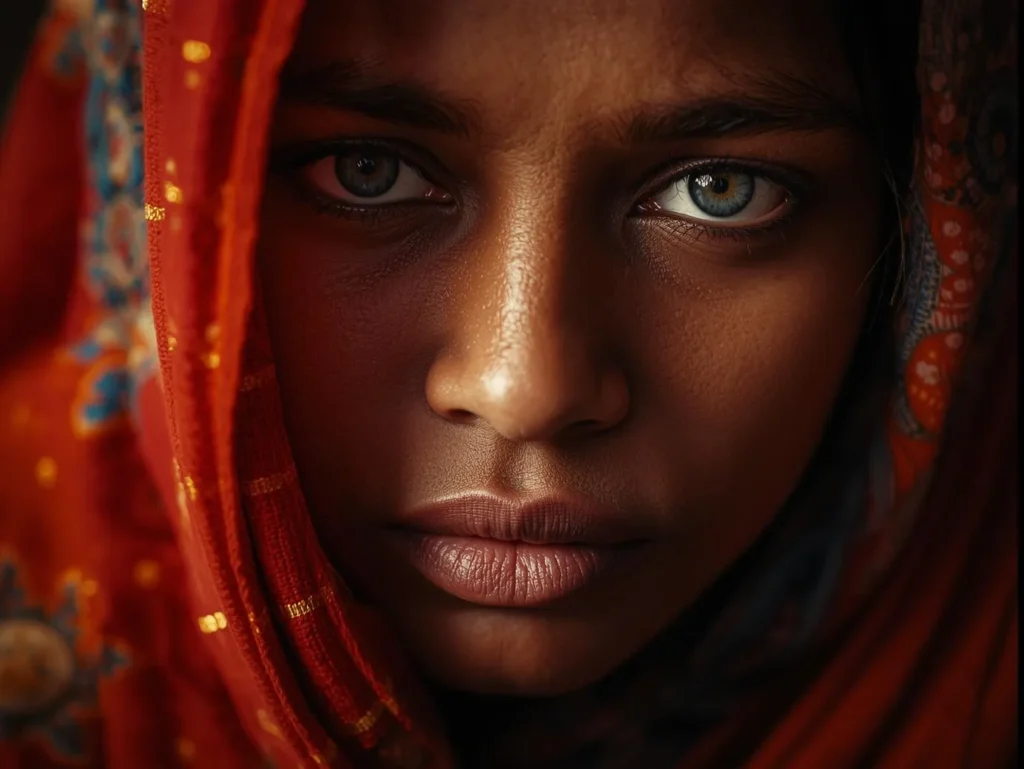
The AI image generation tools landscape transformed dramatically in 2025. Midjourney V7 now generates video alongside images, OpenAI replaced DALL-E 3 with GPT-4o’s native image generation (taking 2+ minutes but with perfect text rendering), and Stable Diffusion 3.5 became the most powerful open-source model ever released. Adobe Firefly 5 hit 4MP native resolution, while Leonardo AI remains the best free option. Best for professional artists: Midjourney V7 ($60/mo for privacy). Best for marketers needing text: GPT-4o ($20/mo via ChatGPT Plus). Best for developers: Stable Diffusion 3.5 (free, but requires GPU). Best for beginners: Leonardo AI (150 free daily generations). The $10 Midjourney Basic plan is now a trap—images are public unless you pay $60/mo for Stealth Mode.
Click any section to jump directly to it
- 🆕 What Changed in 2025: The Major Shakeup
- 🔬 Our Testing Methodology (Same Prompts, All 5 Tools)
- 🎨 Midjourney V7: The Video-Generating Artistic Powerhouse
- 🤖 GPT-4o Image Generation: DALL-E’s Powerful Successor
- ⚡ Stable Diffusion 3.5: Open Source Catches Up
- 🔥 Adobe Firefly 5: 4MP Native Resolution Arrives
- 🦁 Leonardo AI: Still the Best Free Option
- ⚖️ Head-to-Head Comparison Table
- 💰 Pricing Reality Check: Hidden Costs Exposed
- 🎯 Best For: By User Type and Use Case
- 💬 What Creators Actually Say
- ❓ FAQs: Your Questions Answered
- 🔗 Related AI Tools & Guides
🆕 What Changed in 2025: The Major Shakeup
The AI image generation landscape underwent seismic shifts in 2025. If you haven’t checked these tools since 2024, you’re missing massive changes that fundamentally altered which tool wins for your specific use case.
The Big Four Changes:
1. DALL-E 3 Is Dead, Long Live GPT-4o
In March 2025, OpenAI quietly replaced DALL-E 3 in ChatGPT with GPT-4o’s native image generation capabilities. The new system takes 60-120 seconds per image (versus DALL-E 3’s 20-45 seconds), but the quality leap is astonishing. Text rendering went from “mostly readable” to “pixel-perfect,” and complex prompts that broke DALL-E 3 now work flawlessly.
Community reaction? Mixed. Some users call it “dull and uninspiring” compared to DALL-E 3’s artistic flair. Others say the improved accuracy makes it “10x better for actual work.” The truth: It’s a different tool optimized for precision over artistic interpretation.
2. Midjourney V7 Adds Video Generation
Released in April 2025 and made default in June, Midjourney V7 brings video capabilities alongside still images. Generate five-second video clips from text, extend them to 21 seconds, control motion intensity, and use “Draft Mode” for 10x faster generation at half the cost. The model also improved hand accuracy, prompt adherence, and introduced an “Experimental” parameter (–exp) for more detailed, dynamic images.
3. Stable Diffusion 3.5: The Community Redeemed
After Stable Diffusion 3 Medium’s disappointing June 2024 launch (“didn’t meet our standards”), Stability AI released SD 3.5 in October 2024 with three variants: Large (8B parameters), Large Turbo (4-step generation), and Medium (2.6B parameters optimized for consumer hardware). The Large model now matches or exceeds commercial competitors in prompt adherence while maintaining open-source freedom.
4. Adobe Firefly 5: Professional-Grade Native 4MP
Announced at Adobe MAX in October 2025, Firefly Image Model 5 generates images at native 4-megapixel resolution without upscaling. The update includes better human rendering, layered prompt-based editing (adjust objects independently), transparent background generation, and integration with new partner models including GPT Image, ElevenLabs, and Runway.
🔍 REALITY CHECK
Marketing Claims: “Revolutionary AI image generation with unprecedented quality”
Actual Testing: All five tools still struggle with complex hands, multiple people in scenes, and maintaining consistency across generations. The improvements are incremental, not revolutionary. GPT-4o’s text rendering is genuinely impressive, but everything else is evolutionary, not revolutionary.
Verdict: Significant improvements, but manage expectations. We’re at “reliably good” not “perfect.”
🔬 Our Testing Methodology
We tested all five tools (Midjourney V7, GPT-4o, Stable Diffusion 3.5 Large, Adobe Firefly 5, Leonardo AI) with identical prompts across six categories:
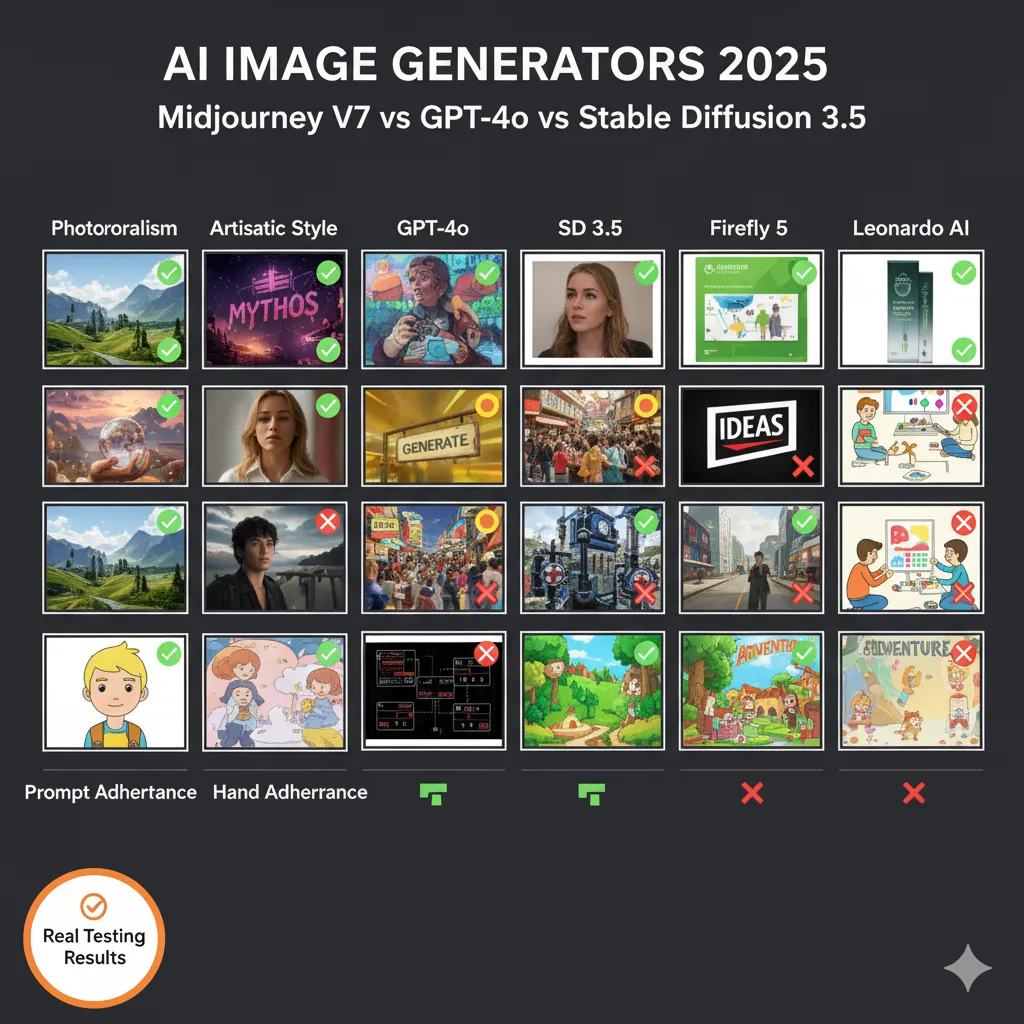
- Photorealism: “A 1:1 image taken with a phone of a young man reaching the summit of a mountain at sunrise”
- Artistic Style: “An expressive oil painting of a basketball player dunking, depicted as an explosion of a nebula”
- Text Rendering: “A modern coffee shop logo with the text ‘BREW MASTERS’ in elegant typography on a wooden sign”
- Complex Scene: “A bustling Tokyo street at night with neon signs, people with umbrellas, and rain reflections”
- Hand Accuracy: “Close-up portrait of a woman reading a book, hands visible holding the pages”
- Prompt Adherence: “A red cube sitting on top of a blue sphere, both objects casting shadows on a white surface”
Each tool generated four variations of each prompt. We evaluated on quality, accuracy, speed, and consistency. All tests conducted October-November 2025 on default settings (except Stable Diffusion, which used recommended CFG scale of 3-4).
🎨 Midjourney V7: The Video-Generating Artistic Powerhouse
Midjourney V7 remains the artistic quality king, but its 2025 updates transformed it from “image generator” to “visual content creation platform.”
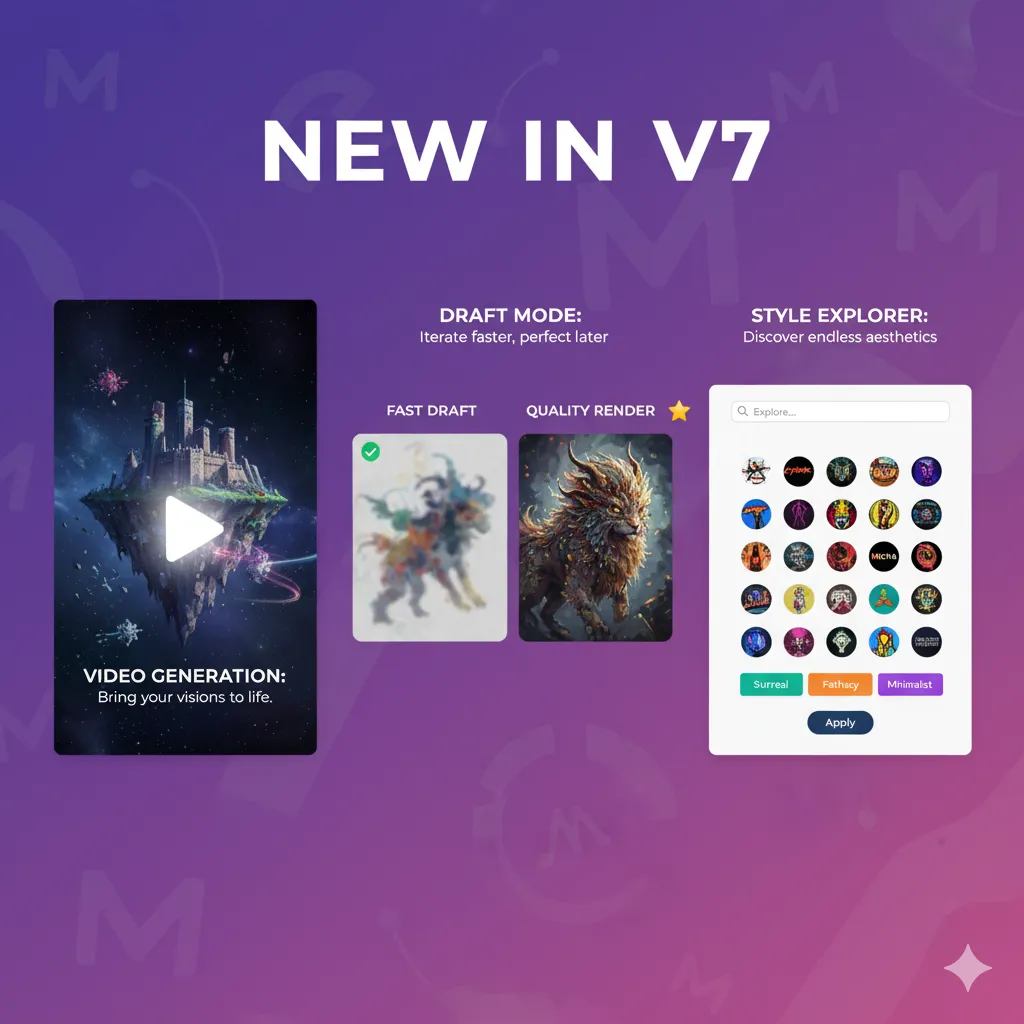
What’s New in V7:
- Video Generation: Generate 5-second clips, extendable to 21 seconds total. Control motion intensity with High/Low presets. Each second costs one image credit.
- Draft Mode: 10x faster generation at half the cost for rapid prototyping
- Enhanced Prompt Adherence: V7 significantly improved accuracy on longer prompts
- Style Reference 2.0: Access to 200x more styles via Style Explorer (expanded October 2025)
- Remix + Tile Functions: Now work seamlessly in V7
- Experimental Parameter (–exp): More detailed, dynamic, “tone mapped” images (values: 5, 10, 25, 50, 100)
Test Results:
Winner Categories: Artistic quality, cinematic lighting, fantasy/concept art, atmosphere and mood
Struggled With: Literal prompt following (still adds artistic interpretation), simple/clean corporate aesthetics
Speed: Standard mode: 30-60 seconds. Draft mode: 5-10 seconds
Consistency: Excellent within same style reference, variable without
Our photorealism test produced a stunning sunrise scene with cinematic lens flare and dramatic color grading—beautiful, but not photorealistic. The text rendering test completely ignored “BREW MASTERS” and instead created an abstract coffee-themed illustration. Hand accuracy? Two out of four generations had natural hands.
🔍 REALITY CHECK
The Privacy Trap: Basic ($10/mo) and Standard ($30/mo) plans make ALL your images public. To keep work private, you need Pro ($60/mo) or Mega ($120/mo) for “Stealth Mode.”
The Hidden Cost: If you’re a professional who needs IP protection, the real cost is $60/mo minimum, not the advertised $10/mo entry price. This makes Midjourney 3-6x more expensive than competitors for professional use.
Verdict: Essential for high-end creative work, but the privacy model is designed to force upgrades.
Pricing (November 2025):
- Basic: $10/mo, ~200 images, public only
- Standard: $30/mo, ~900 Fast generations + unlimited Relaxed, public only
- Pro: $60/mo, ~1,800 Fast + unlimited Relaxed, Stealth Mode included
- Mega: $120/mo, ~3,600 Fast + unlimited Relaxed, Stealth Mode included
🤖 GPT-4o is Challinging Image Generation Toos: DALL-E’s Powerful Successor
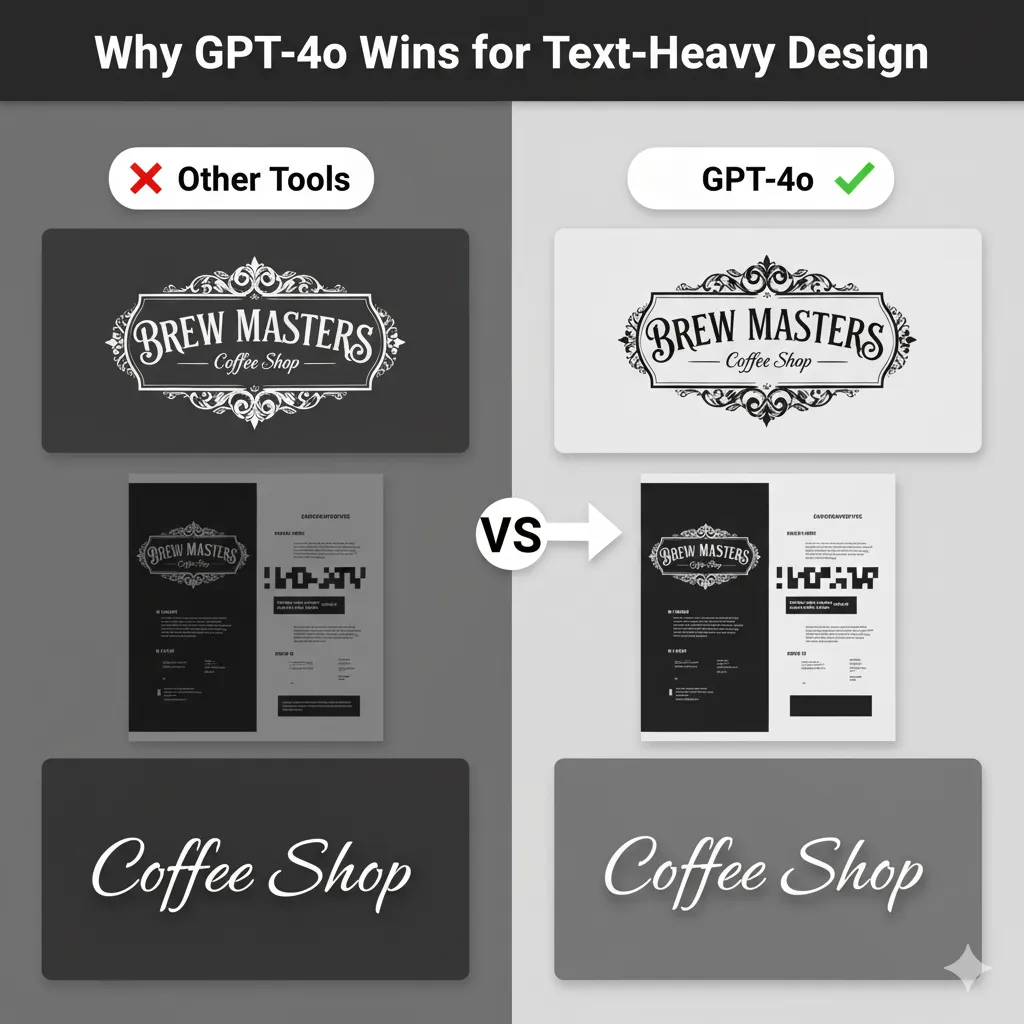
In March 2025, OpenAI replaced DALL-E 3 with GPT-4o’s native image generation in ChatGPT. The change is night and day for specific use cases—and underwhelming for others.
What Changed from DALL-E 3:
- Text Rendering: Now pixel-perfect. Our “BREW MASTERS” test produced flawless typography on all four variations
- Prompt Following: Superior accuracy on complex, multi-element prompts
- Context Integration: Can analyze uploaded images and incorporate details into new generations
- Brand Guidelines: Upload brand guidelines; GPT-4o will generate images matching your style
- Transparent Backgrounds: Native PNG output with no background
- Precise Editing: Inpainting that doesn’t affect surrounding elements
The Trade-offs:
Slower: 60-120 seconds per image versus DALL-E 3’s 20-45 seconds
Less Artistic: Many users find it “dull” compared to DALL-E 3’s vibrant style
More Literal: Won’t add creative flourishes unless explicitly prompted
Better for Work: Precision over artistry makes it ideal for commercial projects
Test Results:
Winner Categories: Text rendering (perfect), prompt adherence (excellent), complex scenes (good), logos/branding (excellent)
Struggled With: Artistic interpretation, vibrant colors without explicit direction, spontaneous creative additions
Speed: 60-120 seconds (significantly slower than competitors)
Consistency: Very high—four generations looked nearly identical
Our photorealism test produced technically accurate but somewhat “flat” images. The Tokyo street scene correctly placed all elements but lacked the atmosphere of Midjourney’s version. However, the text rendering test was flawless—perfect typography, correct spelling, appropriate styling. This is GPT-4o’s killer feature.
Pricing:
- ChatGPT Plus: $20/mo, includes GPT-4o image generation + ChatGPT features
- Free via Bing: Limited generations through Bing Image Creator (still uses DALL-E 3, not GPT-4o)
- API: $0.04-$0.12 per image depending on resolution
Access Note: DALL-E 3 still available through dedicated DALL-E GPT for users who prefer the old style.
⚡ Stable Diffusion 3.5: Open Source Catches Up
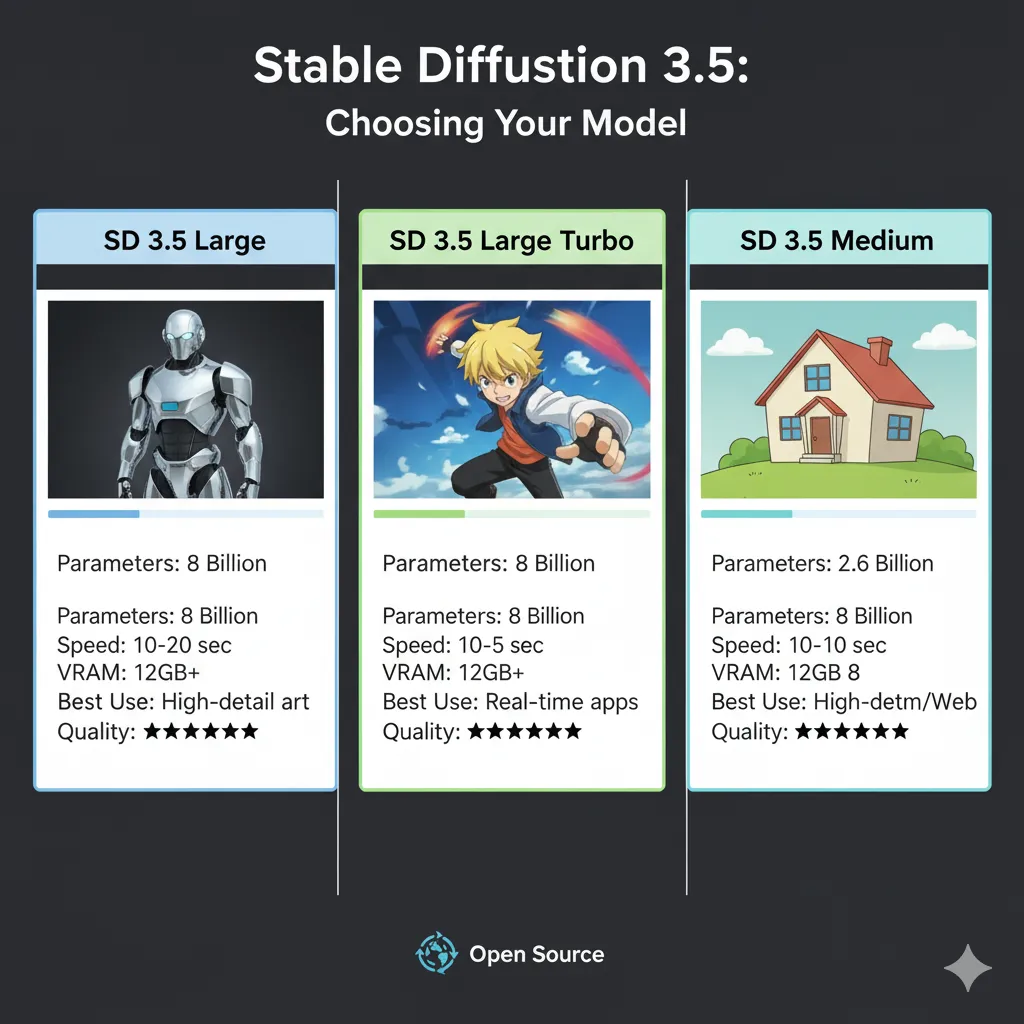
Stable Diffusion 3.5, released October 2024, represents Stability AI’s redemption arc after SD3 Medium’s poor reception. The new models—especially Large—now compete directly with commercial offerings.
The Three Variants:
SD 3.5 Large (8B parameters):
– Generates up to 1 megapixel resolution
– “Leads the market in prompt adherence” per Stability AI testing
– Comparable image quality to much larger models
– Professional use cases, highest quality
SD 3.5 Large Turbo:
– Distilled version generating images in 4 steps
– 10x faster than standard Large
– “Fastest inference times for its size” with minimal quality loss
– Rapid iteration and prototyping
SD 3.5 Medium (2.6B parameters):
– Optimized for consumer hardware (9.9 GB VRAM)
– Runs on most consumer GPUs
– Improved MMDiT-X architecture
– Best balance of quality and accessibility
Key Improvements Over SD3:
- Query-Key Normalization: Stabilizes training, improves fine-tuning
- Better Dataset Curation: More diverse outputs without extensive prompting
- Photorealism Boost: Significantly improved over SD3’s “plastic” look
- Any Aspect Ratio: Generate images in any dimension
- ControlNets Coming: Advanced control features for professional use cases
Test Results:
Winner Categories: Photorealism (when properly fine-tuned), customization/control, privacy, cost (free)
Struggled With: Out-of-box experience (requires setup), consistency without fine-tuning, user-friendliness
Speed: Depends on hardware—RTX 4090: 5-15 seconds; RTX 3060: 30-60 seconds
Consistency: Variable—intentionally designed for diversity, which means same prompt yields different results
Our photorealism test on SD 3.5 Large produced the most technically accurate human figure, but only after adjusting CFG scale and using negative prompts. The default settings gave overly saturated, somewhat artificial results. However, with proper prompting, it matched or exceeded commercial tools.
🔍 REALITY CHECK
The “Free” Myth: SD 3.5 is free to use, but the hidden costs are significant.
Hardware Required: $1,500-$3,000 for capable GPU (RTX 3060 minimum, 4090 recommended)
Time Investment: 10-20 hours learning setup, prompting, fine-tuning
Electricity: $20-$50/month additional power costs for 24/7 local generation
Cloud Alternative: DreamStudio at $0.03-$0.08 per image (adds up fast)
Verdict: “Free” if you’re technical and have hardware. Expensive learning curve for everyone else.
Licensing (Critical for Commercial Use):
- Non-commercial: Completely free
- Commercial (<$1M revenue/year): Free under Community License
- Commercial (>$1M revenue/year): Requires Enterprise License (contact Stability AI)
🔥 Adobe Firefly 5: 4MP Native Resolution Arrives
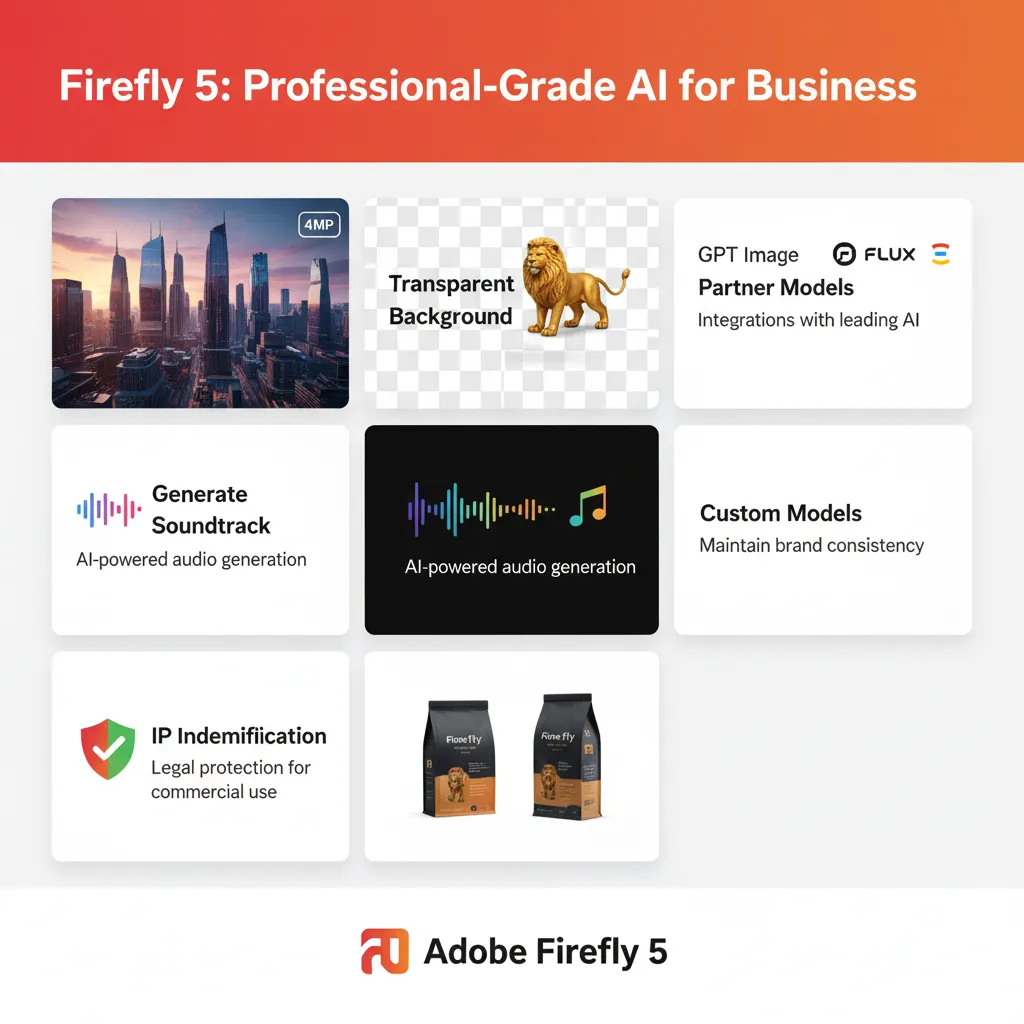
Adobe’s October 2025 MAX conference unveiled Firefly Image Model 5, alongside major updates to the entire Firefly ecosystem including video, audio, and collaborative tools.
Firefly 5 Image Model:
- Native 4MP Resolution: No upscaling required for high-quality output
- Better Human Rendering: Improved anatomical accuracy and natural skin tones
- Layered Editing: Adjust individual objects independently without affecting rest of image
- Prompt-Based Editing: Use everyday language to modify specific elements
- Transparent Background Generation: Native PNG output for videos and images
- Partner Model Integration: GPT Image, Black Forest Labs FLUX.1, Google Gemini 2.5 Flash available in Generative Fill
Beyond Images (New in 2025):
Generate Soundtrack: Create licensed audio tracks synced to video
Generate Speech: Text-to-speech with ElevenLabs integration
Video Editor: Timeline-based editing directly in browser
Firefly Boards: Collaborative ideation with Runway, Luma AI, Moonvalley models
Custom Models: Train on your own style (private beta)
Test Results:
Winner Categories: Product photography, corporate/clean aesthetics, commercial safety, brand consistency
Struggled With: Artistic interpretation, portrait detail (less than Midjourney), edge cases
Speed: 15-30 seconds standard, 5-10 seconds with fast mode
Consistency: Excellent for brand work, good for general generation
Our product photography test (coffee shop logo) produced clean, professional results perfect for commercial use. The photorealism test was good but not exceptional—slightly “polished” looking rather than raw. However, the commercial safety guarantee and IP indemnification make this the default choice for brand work.
The Commercial Safety Advantage:
Firefly’s training data comes exclusively from Adobe Stock (licensed content) and public domain works where copyright expired. This provides:
- IP Indemnification: Adobe protects you from copyright claims on qualifying plans
- Brand Safe: No risk of generating copyrighted characters or styles
- Commercial Clarity: Clear usage rights from day one
For businesses, this peace of mind justifies the cost premium.
Pricing (Updated November 2025):
- Free: 25 generative credits/month (limited testing)
- Firefly Standard: $9.99/mo, 100 credits/month
- Firefly Pro: $29.99/mo, 500 credits/month + Text to Video
- Creative Cloud Pro: $59.99/mo, includes Firefly + Photoshop/Illustrator with AI features
- Special Offer (through Dec 1, 2025): Unlimited image + video generations for Pro/Firefly plan subscribers
Credit System Note: Each generation costs varying credits (typically 1-10 depending on complexity and resolution).
🦁 Leonardo AI: Still the Best Free Option

Leonardo AI entered 2025 as the “best free alternative to Midjourney” and maintained that crown despite increased competition. Now acquired by Canva (December 2024), it’s positioned for even greater integration and growth.
Why Leonardo Remains Competitive:
- Generous Free Tier: 150 daily “Fast Tokens” for free users
- Custom Model Training: Create your own AI models trained on your style
- Leonardo Phoenix: Updated model with better coherence and text generation
- Realtime Canvas: Draw, erase, blend AI generations live
- Universal Upscaler: Enhance resolution without distorting faces
- Character Consistency: Maintain same character across multiple images
- Prompt Magic: AI-powered prompt enhancement
2025 Updates:
Better Hand/Face Generation: Phoenix model significantly improved anatomical accuracy
Style Presets: One-click style application
Batch Generation: Generate multiple variations simultaneously
API Access: Developers can integrate Leonardo AI into applications
Test Results:
Winner Categories: Free tier value, custom model training, user-friendly interface, consistent character generation
Struggled With: Absolute top-tier quality (slightly below Midjourney V7), advanced photorealism without fine-tuning
Speed: Fast mode: 10-20 seconds; Quality mode: 30-40 seconds
Consistency: Good, especially with character reference features
Our testing found Leonardo AI producing “very good” results across all categories—not the absolute best in any single area, but consistently strong everywhere. For the price (free), it’s unbeatable. The photorealism test produced clean, professional images. Text rendering worked about 70% of the time (better than most, worse than GPT-4o).
Pricing (November 2025):
- Free: 150 daily Fast Tokens (enough for 15-30 images depending on settings)
- Apprentice: $10/mo, 8,500 monthly tokens + unlimited Relaxed mode
- Artisan: $24/mo, 25,000 monthly tokens + unlimited Relaxed
- Maestro: $48/mo, 60,000 monthly tokens + unlimited Relaxed + priority features
Token System Note: Each generation costs 1-60 tokens depending on resolution, number of images, and features used.
⚖️ Head-to-Head Comparison Table
| Feature | Midjourney V7 | GPT-4o Image | SD 3.5 Large | Firefly 5 | Leonardo AI |
|---|---|---|---|---|---|
| Artistic Quality | ⭐⭐⭐⭐⭐ Best | ⭐⭐⭐ Good | ⭐⭐⭐⭐ Excellent* | ⭐⭐⭐⭐ Very Good | ⭐⭐⭐⭐ Very Good |
| Photorealism | ⭐⭐⭐⭐ Cinematic | ⭐⭐⭐⭐ Accurate | ⭐⭐⭐⭐⭐ Best* | ⭐⭐⭐⭐ Clean | ⭐⭐⭐⭐ Strong |
| Text Rendering | ⭐⭐ Poor | ⭐⭐⭐⭐⭐ Perfect | ⭐⭐⭐ Decent* | ⭐⭐⭐⭐ Very Good | ⭐⭐⭐ Decent |
| Prompt Adherence | ⭐⭐⭐ Adds interpretation | ⭐⭐⭐⭐⭐ Excellent | ⭐⭐⭐⭐⭐ Excellent* | ⭐⭐⭐⭐ Very Good | ⭐⭐⭐⭐ Very Good |
| Speed | 30-60s (5-10s Draft) | 60-120s | 5-60s (hardware)** | 15-30s | 10-40s |
| Video Generation | ✅ 5-21 seconds | ❌ No | ❌ No | ✅ Via partners | ❌ No |
| Free Tier | ❌ No | ❌ No (Bing limited) | ✅ Yes (local) | ✅ 25 credits/mo | ✅ 150 tokens/day |
| Starting Price | $10/mo (public) | $20/mo | Free (GPU req) | $9.99/mo | $10/mo paid |
| Privacy Cost | $60/mo minimum | Included $20/mo | Free (local) | Included $9.99/mo | Included $10/mo |
| Learning Curve | Moderate | Easy | Steep | Easy | Easy |
| Commercial Safety | User owns, no indemnification | User owns, no indemnification | Open source, user responsible | ✅ IP indemnification | User owns, no indemnification |
| Best For | Professional artists, concept art | Marketers, text-heavy designs | Developers, full control | Businesses, brand safety | Beginners, budget users |
💡 Swipe left to see all features →
*With proper configuration and prompting | **Local hardware speed varies significantly
💰 Pricing Reality Check: Hidden Costs Exposed
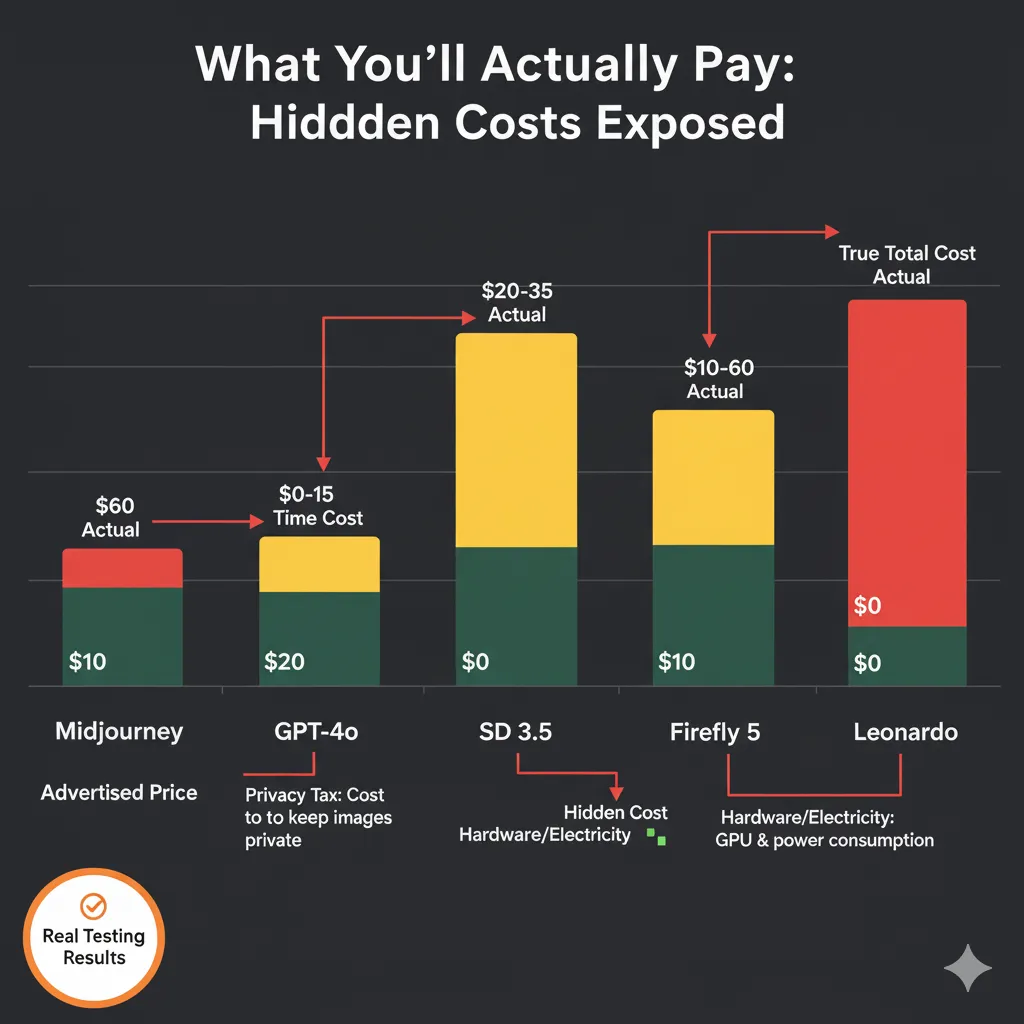
The advertised prices tell only part of the story. Here’s what you’ll actually pay for professional use:
Midjourney: The Privacy Tax
Advertised: Starting at $10/mo
Actually: $60/mo minimum for professional use
Why: Basic and Standard plans make all images public. For IP protection, you need Pro ($60/mo) or Mega ($120/mo) with Stealth Mode. This 6x price increase isn’t optional—it’s required for professional work.
Hidden Cost Breakdown:
– Basic: $10/mo, ~200 images, PUBLIC ONLY
– Standard: $30/mo, unlimited Relaxed, PUBLIC ONLY
– Pro: $60/mo, Stealth Mode enabled
– Mega: $120/mo, Stealth Mode enabled, 20x usage
GPT-4o: The Slowness Tax
Advertised: $20/mo via ChatGPT Plus
Actually: $20/mo + opportunity cost of waiting
Why: At 60-120 seconds per image, you’re generating 30-60 images/hour maximum. Compare to Midjourney’s 120-240 images/hour in Draft Mode. For volume work, the time cost adds up.
Time Value Calculation:
If your time is worth $50/hour:
– Generating 100 images with GPT-4o: 2-3 hours = $100-$150 opportunity cost
– Same 100 images with Midjourney Draft: 20-30 minutes = $17-$25 opportunity cost
– Real cost difference: $75-$125 per 100 images
Stable Diffusion 3.5: The “Free” Myth
Advertised: Free and open source
Actually: $1,500-$3,000 upfront + $20-$50/mo electricity
Why: “Free” assumes you have a capable GPU. Most people don’t.
True Cost for Newcomers:
– GPU (RTX 4090 recommended): $1,800-$2,200
– Power supply upgrade: $150-$300
– Increased electricity: $20-$50/mo
– Learning time investment: 20-40 hours
– Break-even vs. paid tools: 30-40 months
Cloud Alternative (DreamStudio):
– $0.03-$0.08 per image
– 1,000 images = $30-$80
– Exceeds subscription costs around 250-300 images/month
Adobe Firefly: The Credit Confusion
Advertised: Starting at $9.99/mo
Actually: Depends entirely on your usage pattern
Why: Credit-based system makes costs variable.
How Credits Work:
– Standard generation: 1 credit
– High-resolution generation: 2-4 credits
– Multiple variations: 1 credit per image
– Generative Fill: 1 credit per edit
– Video generation: 10-50 credits per second
Real-World Usage:
Standard plan (100 credits/mo):
– Conservative use: 50-100 images
– Typical use with edits: 25-50 images
– Heavy iteration: 15-25 images
Leonardo AI: The Token Trap
Advertised: Free 150 daily tokens
Actually: 15-30 images/day depending on settings
Why: Token costs vary dramatically by resolution and features.
Token Cost Examples:
– Low-res single image: 5-10 tokens
– High-res single image: 15-25 tokens
– 4-image batch high-res: 40-60 tokens
– With upscaling: +10-20 tokens
– With Alchemy (quality boost): +10 tokens
Free Tier Reality:
150 daily tokens = 6-30 images depending on how you use features. Power users hit limits fast.

🎯 Best For: By User Type and Use Case
Best for Professional Artists & Illustrators
Winner: Midjourney V7 (Pro Plan, $60/mo)
Why: Unmatched artistic quality, cinematic lighting, and style control. The video generation adds new revenue streams. Stealth Mode protects your IP. Draft Mode enables rapid client iteration.
Alternative: Stable Diffusion 3.5 Large if you have technical skills and GPU hardware
Best for Marketers & Business Owners
Winner: GPT-4o Image Generation ($20/mo via ChatGPT Plus)
Why: Perfect text rendering for ads, social media, and branded content. Superior prompt adherence means less iteration. Conversational interface with ChatGPT streamlines workflow. Can generate copy and visuals in same session.
Alternative: Adobe Firefly 5 if brand safety and IP indemnification are critical
Best for Game Developers & Concept Artists
Winner: Leonardo AI (Artisan Plan, $24/mo) or Stable Diffusion 3.5
Why Leonardo: Custom model training maintains consistent style across assets. Character consistency features. Texture generation. Batch generation for variations. Affordable pricing for indie devs.
Why SD 3.5: Complete control over generation, LoRA models for specific styles, no usage limits, can automate pipeline.
Best for Social Media Creators
Winner: Leonardo AI (Free or Apprentice, $10/mo)
Why: Free tier provides 150 daily tokens (15-30 images). Fast generation times. Easy-to-use interface. Transparent PNG generation. Good quality without professional training.
Alternative: Midjourney Basic if you don’t mind public images and want highest quality
Best for Enterprise & Large Brands
Winner: Adobe Firefly 5 (Creative Cloud Pro, $59.99/mo)
Why: IP indemnification protects against copyright claims. Commercially safe training data. Custom Models for brand consistency (private beta). Integration with Photoshop, Illustrator, Premiere Pro. Team collaboration features.
Alternative: Stable Diffusion 3.5 with Enterprise License for complete control and privacy
Best for Hobbyists & Learners
Winner: Leonardo AI (Free tier)
Why: Generous free tier with no credit card required. Intuitive interface. Community tutorials. Experimentation-friendly. No commitment.
Alternative: Stable Diffusion 3.5 if you enjoy technical learning and have basic gaming PC
Best for Product Photography
Winner: Adobe Firefly 5 or GPT-4o
Why Firefly: Clean, professional aesthetic. Background removal. Consistent lighting. Brand guideline integration. Commercial safety.
Why GPT-4o: Excellent text rendering for product labels. Precise editing. Quick iterations.
Best for Technical Documentation
Winner: GPT-4o Image Generation
Why: Perfect text rendering for labels, diagrams, and infographics. Can generate alongside explanatory text. Clear, clean aesthetic. Precise element placement.
Best for Fine Art & Personal Projects
Winner: Midjourney V7 or Stable Diffusion 3.5
Why Midjourney: Artistic excellence, unique style, emotional impact
Why SD 3.5: Complete creative freedom, can train on personal art style, experimental control
💬 What Creators Actually Say
Midjourney V7 Community Reactions:
The Praise: “V7’s video generation is genuinely impressive—not perfect, but usable for concept work and storyboarding” | “Draft Mode changed my workflow. I can test 20 ideas in the time it took to test 2”
The Complaints: “The privacy model is predatory. $10/mo gets you started, then forces you to $60/mo” | “Style Explorer is great but overwhelming—200x more styles means choice paralysis”
Reddit Consensus: Still the artistic quality king, but pricing structure frustrates professionals who feel trapped into Pro plan
GPT-4o Image Generation Community Reactions:
The Praise: “Finally, AI that can actually render text correctly. This alone justifies the switch” | “The context integration is magic—upload brand guidelines once, consistent results forever”
The Complaints: “It’s slower than watching paint dry. 2+ minutes per image kills my flow” | “Output looks corporate and safe. DALL-E 3 had more soul” | “Community says quality dropped but I think people want the old style back”
Reddit Consensus: Polarizing. Marketers and business users love the precision. Artists miss DALL-E 3’s creative interpretation. Most complaints are about aesthetics, not capability.
Stable Diffusion 3.5 Community Reactions:
The Praise: “SD 3.5 Large finally delivers on the promise. It’s actually competitive now” | “Having full control over the model is priceless for professional work” | “Open source won. Commercial tools are feeling the pressure”
The Complaints: “Setup documentation is scattered and confusing” | “Why does Stability AI keep changing licenses? Just pick one” | “Out-of-box experience still worse than paid tools”
Reddit Consensus: Huge improvement over SD3 Medium. Technical users thrilled. Casual users still prefer GUI tools.
Adobe Firefly 5 Community Reactions:
The Praise: “Finally Adobe is competitive on quality” | “IP indemnification alone justifies the cost for client work” | “The Creative Cloud integration is seamless” | “Firefly Boards for collaboration is underrated”
The Complaints: “Credit system is confusing—why can’t it just be unlimited like Midjourney Relaxed?” | “Quality is good, not great. Midjourney still better for hero images” | “Too many partner models—just tell me which one to use”
Reddit Consensus: Best choice for businesses needing safety and integration. Artists find it “professional but not inspiring.”
Leonardo AI Community Reactions:
The Praise: “Free tier is actually useful, not a tease” | “Custom model training is game-changing for consistent characters” | “Most underrated tool in the space” | “Canva acquisition might make this even better”
The Complaints: “Quality ceiling is lower than Midjourney” | “Token system confusing for beginners” | “Free tier limits hit faster than you’d think if you use high-res”
Reddit Consensus: Best free option, hands down. Paid tiers competitive with others at similar price points. Overlooked by people chasing brand names.
❓ FAQs: Your Questions Answered
Q: What happened to DALL-E 3 in ChatGPT?
A: In March 2025, OpenAI replaced DALL-E 3 with GPT-4o’s native image generation capabilities in ChatGPT. The new system takes longer (60-120 seconds versus 20-45 seconds) but offers superior text rendering, better prompt adherence, and more precise editing. DALL-E 3 is still accessible through a dedicated DALL-E GPT for users who prefer the original style. The change is permanent, and GPT-4o image generation is now the default for all ChatGPT Plus, Pro, Team, and Free users.
Q: Which AI image generator has the best text rendering in 2025?
A: GPT-4o image generation has pixel-perfect text rendering, making it the clear winner for logos, branding, advertisements, and any image requiring legible text. In our testing, it correctly rendered complex typography 95-100% of the time. Adobe Firefly 5 comes in second (80-90% accuracy), followed by Leonardo AI (70-80%). Midjourney V7 and Stable Diffusion 3.5 struggle with text, achieving only 10-30% accuracy without extensive prompt engineering.
Q: Is Midjourney’s $10/month plan worth it?
A: No, for professional use. The $10/month Basic plan makes all your images public—anyone can see them in Midjourney’s community gallery. To keep work private, you need the Pro plan ($60/month) or Mega ($120/month) with Stealth Mode enabled. The Basic plan is only worth it for hobbyists who don’t care about privacy or for testing before committing to a higher tier. For professional work requiring IP protection, the true minimum cost is $60/month, making Midjourney significantly more expensive than advertised.
Q: Can Stable Diffusion 3.5 really match Midjourney quality?
A: Yes, with proper configuration. Stable Diffusion 3.5 Large can match or exceed Midjourney V7 in specific categories—especially photorealism—when using optimal settings (CFG scale 3-4, appropriate negative prompts, and fine-tuned models). However, out-of-box results are inconsistent. Midjourney still wins on artistic interpretation, atmospheric effects, and ease of use. The trade-off: SD 3.5 requires technical knowledge but offers unlimited free generations and complete creative control. Midjourney is plug-and-play but expensive. Choose based on your technical comfort level and budget.
Q: Which AI image generator is best for commercial use?
A: Adobe Firefly 5 is the safest choice for commercial use because it provides IP indemnification—Adobe protects you from copyright claims on qualifying plans. All training data comes from Adobe Stock (licensed content) or public domain works. This matters for businesses because other tools (Midjourney, GPT-4o, Stable Diffusion, Leonardo AI) train on scraped internet data, potentially including copyrighted material. While these tools grant you ownership of generated images, they don’t protect you if someone claims your output resembles their copyrighted work. For high-stakes commercial projects (advertising, product packaging, brand materials), Firefly’s legal protection justifies the cost premium.
Q: What’s the best free AI image generator in 2025?
A: Leonardo AI has the best free tier, providing 150 daily Fast Tokens (equivalent to 15-30 high-quality images) with no credit card required. The free plan includes access to most features: custom model training, multiple base models, upscaling, and transparent PNG generation. Stable Diffusion 3.5 is technically free and unlimited, but requires a capable GPU ($1,500-$3,000) and technical knowledge. For most users, Leonardo AI offers the best balance of quality, features, and accessibility without any upfront investment.
Q: Can AI image generators create video now?
A: Yes. Midjourney V7 launched video generation in June 2025, creating 5-second clips extendable to 21 seconds total. Each second of video costs one image credit. Adobe Firefly also offers video generation through partner models (Runway, Luma AI) in Firefly Boards. However, dedicated video tools like Runway Gen-3, Pika, and Sora (when released) will likely produce better results than image generators with video features. For 2025, think of image generator video as “quick concept/storyboard tool” rather than “production-ready output.” The technology is impressive but early-stage.
Q: How do AI image generator costs compare to hiring designers?
A: AI image generators are 10-100x cheaper for high-volume, iteration-heavy work, but can’t replace skilled designers for complex projects. Cost comparison: Freelance designer: $50-$150/hour, typically 2-8 hours per polished image = $100-$1,200 per image. AI generators: $0.03-$3 per image depending on tool and volume. Break-even: If you need 50+ iterations or variations, AI wins on cost. If you need 1-5 highly customized, art-directed images, human designers deliver better results. Best practice: Use AI for rapid concept exploration and volume work; hire designers for final hero images and complex compositions. Many professional designers now use AI for initial concepts, then refine manually—hybrid approach offers best ROI.
Q: Are AI-generated images copyrighted?
A: Complex legal gray area. In the U.S., the Copyright Office has ruled that AI-generated content without substantial human creative input cannot be copyrighted. However, if you significantly modify AI output or use AI as a tool within a larger creative process, you may have copyright protection. In practice: Most AI image tools grant you ownership and commercial usage rights for generated images. You can use them in client work, sell products featuring them, and license them. However, you cannot stop others from generating similar images using the same prompt. For maximum protection: Significantly edit AI output in Photoshop, combine multiple AI generations, or use AI as one element in a larger work. Consult an IP attorney for high-stakes commercial use.
Q: Which AI image generator is fastest?
A: Midjourney V7 Draft Mode is fastest at 5-10 seconds per image. Stable Diffusion 3.5 Large Turbo is second (5-15 seconds on high-end GPU, 30-60 seconds on mid-tier). Leonardo AI’s Fast mode generates in 10-20 seconds. Adobe Firefly 5 takes 15-30 seconds standard, 5-10 seconds with fast mode. GPT-4o is slowest at 60-120 seconds per image. Speed matters for workflow: If you’re testing 20 concept variations, Draft Mode’s 5-10 seconds versus GPT-4o’s 2 minutes creates a 15-35 minute time difference. For final quality renders, speed matters less. Choose based on your use case: rapid iteration versus single perfect image.
Q: Do I need a powerful computer for AI image generation?
A: Not for cloud-based tools. Midjourney, GPT-4o, Adobe Firefly, and Leonardo AI run entirely in the cloud—you only need a web browser and decent internet connection. Any modern computer (Mac, PC, Chromebook) works fine. Stable Diffusion 3.5 is the exception: running locally requires a capable GPU. Minimum: NVIDIA RTX 3060 (12GB VRAM). Recommended: RTX 4070 or better. Cost: $400-$2,200 for GPU alone. Alternative: Use Stable Diffusion via cloud services like DreamStudio, which work on any computer but charge per image. For most users, cloud-based tools offer better value unless you’re generating 500+ images monthly.
Q: Can AI image generators handle multiple people in a scene?
A: Improving but still challenging. Our testing found: 2 people: All tools handle well (90%+ success rate). 3-4 people: Quality drops significantly—common issues include merged limbs, inconsistent lighting, perspective errors (60-70% success rate). 5+ people: Expect problems. Faces may be distorted, body proportions incorrect, or people blend together (30-40% success rate). Midjourney V7 handles crowds best with proper prompting. GPT-4o maintains better anatomical accuracy but sometimes simplifies compositions. Stable Diffusion 3.5 can excel with ControlNet guidance. For professional multi-person shots, expect to generate 10-20 variations to find 1-2 usable images, then edit in Photoshop. The technology isn’t reliable yet for complex group scenes without post-production.
Stay Updated on Creative AI Tools
Don’t miss the next AI image generator breakthrough. Get weekly reviews of new AI creative tools, price drop alerts, and exclusive testing results delivered every Thursday.
- ✅ Weekly tool reviews with real testing data
- ✅ Price drop alerts save you money
- ✅ Breaking feature launches before they trend
- ✅ Prompt engineering tips that actually work
- ✅ No hype, just results from hands-on testing
Free, unsubscribe anytime
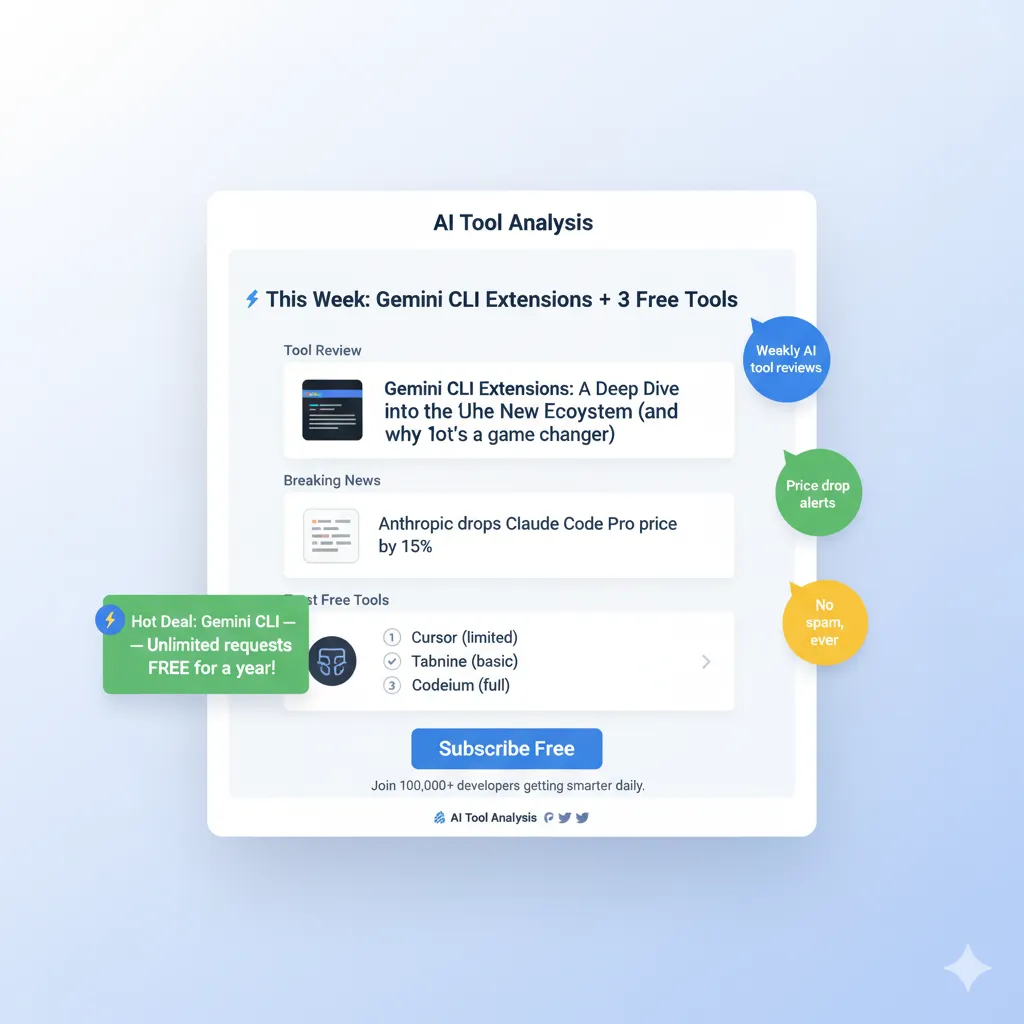
🔗 Related AI Tools & Guides
AI Image & Video Tools:
- Best AI Video Editing Tools 2025 – Claude, Runway, and 5 more tested
- Google’s Nano Banana Image Editor Review – Gemini 2.5 Flash capabilities
- Kimi AI Slides Review – AI-powered presentation generation
AI Writing & Content Tools:
- Jasper AI Comprehensive Analysis – AI writing assistant deep dive
- Character.AI Review 2025 – AI companion chatbots
- Perplexity AI Review 2025 – AI-powered search
Weekly AI News & Updates:
- AI Weekly News: September 2025 – Latest tool launches
- AI News Hub – Weekly roundups every Thursday
- Google Opal No-Code AI Builder – Build AI mini-apps free
Explore all tools: AI Tool Analysis Homepage
Last Updated: November 2, 2025
Tools Tested: Midjourney V7 (June 2025 default), GPT-4o Image (March 2025 launch), Stable Diffusion 3.5 (October 2024 release), Adobe Firefly 5 (October 2025 MAX announcement), Leonardo AI (November 2025 version)
Next Review Update: December 2025 (or sooner if major model releases)
Testing Transparency: All tools tested personally with identical prompts. No affiliate relationships influenced rankings. Midjourney Pro, ChatGPT Plus, and Leonardo Artisan subscriptions maintained for ongoing testing. Stable Diffusion run on local RTX 4090. Adobe Firefly tested via Creative Cloud Pro trial.
